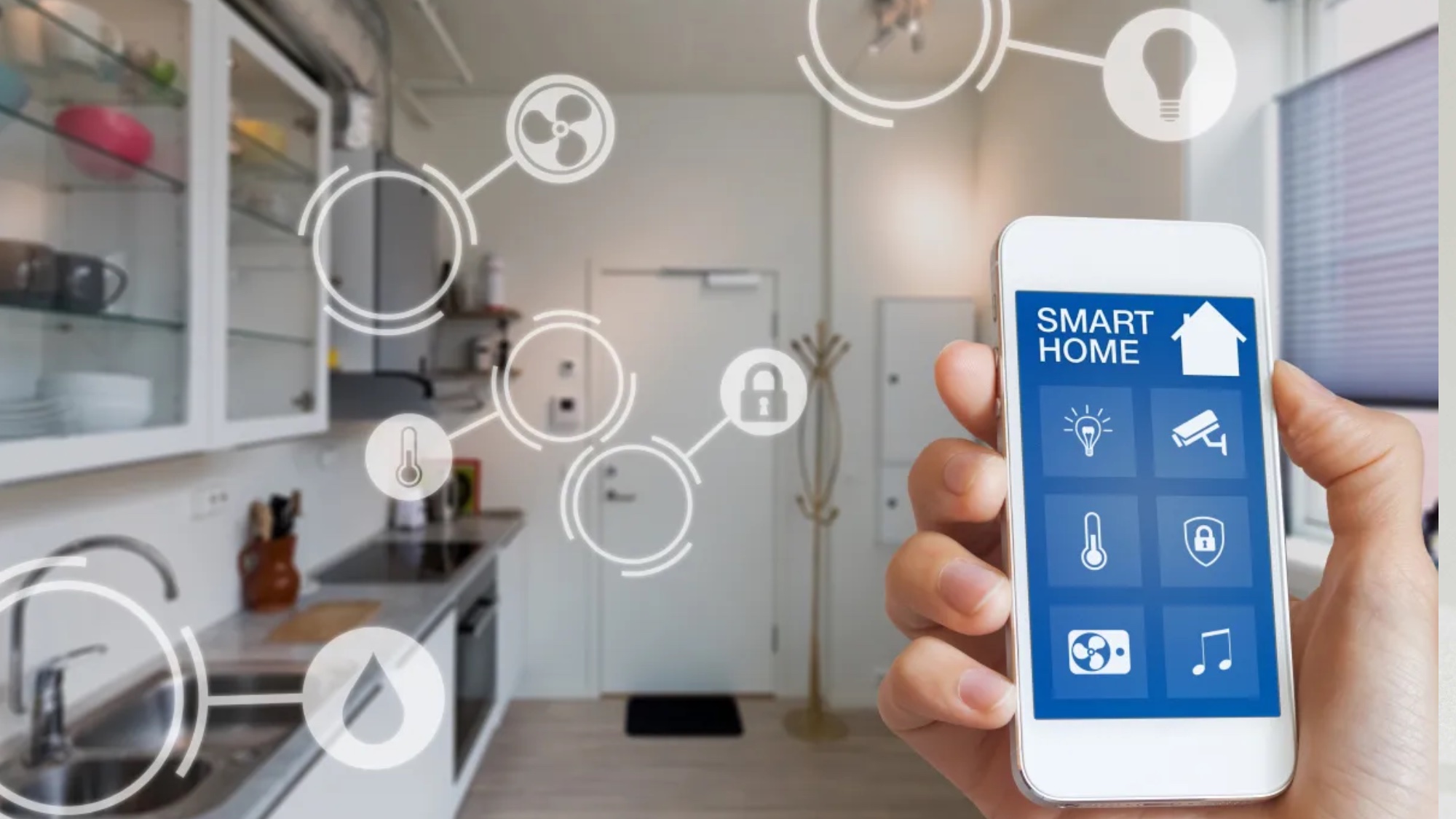
Smart home devices have had a fragmented history, to say the least. Over the past decade, thousands of manufacturers have produced several million gadgets—each communicating over specific wireless signals such as Wi-Fi, Bluetooth, and Zigbee. This has made syncing up and controlling devices as simple as the best smart lights a challenge.
To help address that — as well as some other issues — the Matter protocol was launched in 2022 to provide a universal language for smart home devices. Now that we’ve reached the midpoint of 2024, Matter has been officially released for nearly two years and supports over 41 product categories, from the best smart displays to EV charging stations. The biggest smart home hub and device manufacturers like Amazon, Apple, and Google have updated their smart home ecosystems to support Matter, signaling strong industry commitment.
While it has made significant strides in becoming a cornerstone of the smart home landscape, it still has yet to achieve widespread adoption. To find out why it’s taking so long to implement, and what it will take to expand its reach, I spoke to the Head of Technology at Matter’s founding team, the Connectivity Standards Alliance, industry analysts, and manufacturers using Matter to hear what they had to say.
What is Matter?
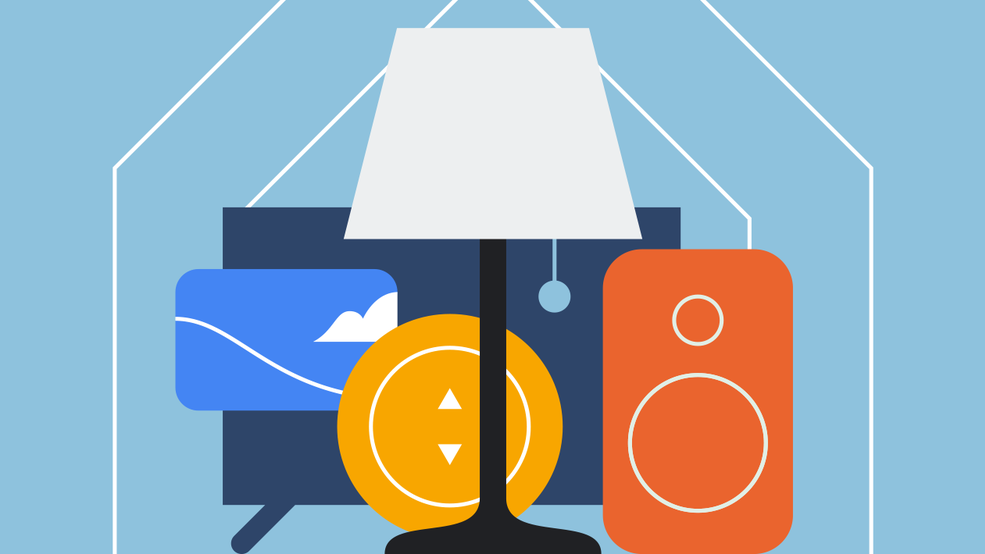
Formerly known as ChIP (Connected Home Over IP), Matter is a unified connectivity standard developed by the Connectivity Standards Alliance (CSA). This legion of major tech players includes the biggest names in smart home including Apple, Google, Amazon, and the Zigbee Alliance.
The protocol aims to ensure reliable, secure, and seamless communication between smart home devices, regardless of the brand or platform. It works through Wi-Fi, Thread, and Bluetooth so it can be added to devices that support any of these protocols.
The promise of Matter
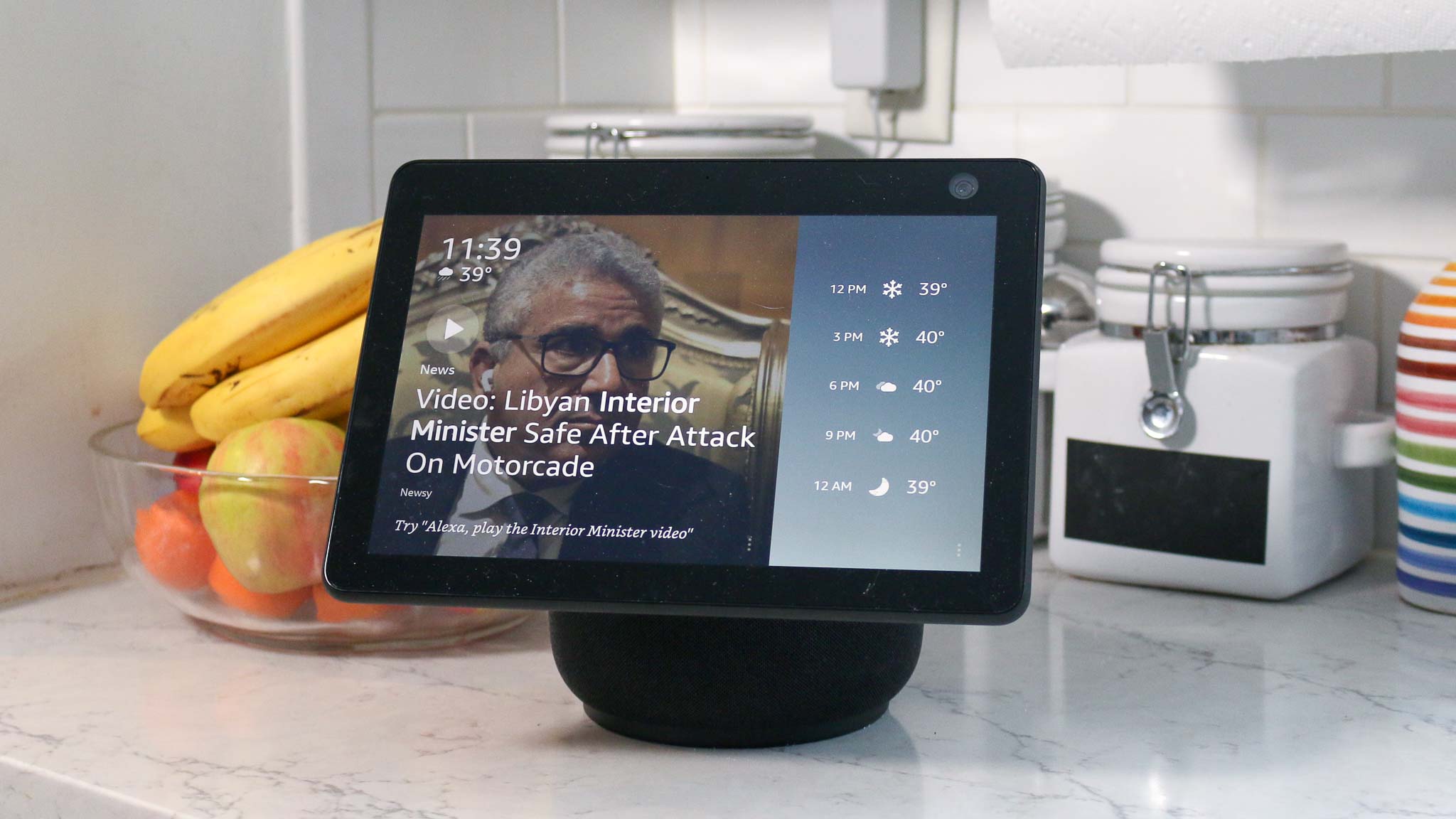
Matter’s key advantage is that it uses a standardized IP-based communication protocol. This allows devices from different manufacturers to work together seamlessly without the need for multiple physical hubs or apps. In the past, you didn’t have as much freedom of choice since you’d need to buy platform-specific devices like smart lights or smart thermostats that “work with Alexa or HomeKit.”
Matter lets you pair and use its devices across ecosystems for more choice and control so you don’t end up “stuck” on one platform. In fact, its multi-access approach lets you pair something like a smart lock across different platforms at the same time.
Eve was one of the biggest companies to go all-in on the protocol back in early 2019. The extra development time helped the company offer one of the biggest Matter-enabled product lineups available.
Before Matter, Eve’s products were only compatible with HomeKit. “Grateful as we were for the success it has provided, Eve was no longer pigeonholed to HomeKit,” said Jerome Gackel, CEO of Eve Systems. “Eve is able to remain a privacy-first option for smart home consumers without compromise, and open itself up to millions of more potential customers through Matter.”
Matter: What are the challenges?

So if Matter is supposed to be the panacea for all our smart home woes, then why is it taking so long to adopt, and why are some companies — like Belkin’s WeMo brand — stepping away entirely?
The real issue is that Matter just needs more time. “Everyone’s engineering cycles are at different speeds,” says Chris LaPré, Head of Technology at Matter’s founding organization the Connectivity Standards Alliance. “QA cycles, roadmaps, and engineering decisions all rely on external support and are determined by the complexity of the device types. Smart thermostats took longer than smart plugs and light bulbs, as more testing and functionality QA has to go into them.”
Matter presents a technical hurdle for devices with limited processing power or older hardware. Some companies may find that the resource investment needed to integrate and certify their devices with Matter is not justified by the expected returns, especially if their current ecosystem is already performing well.
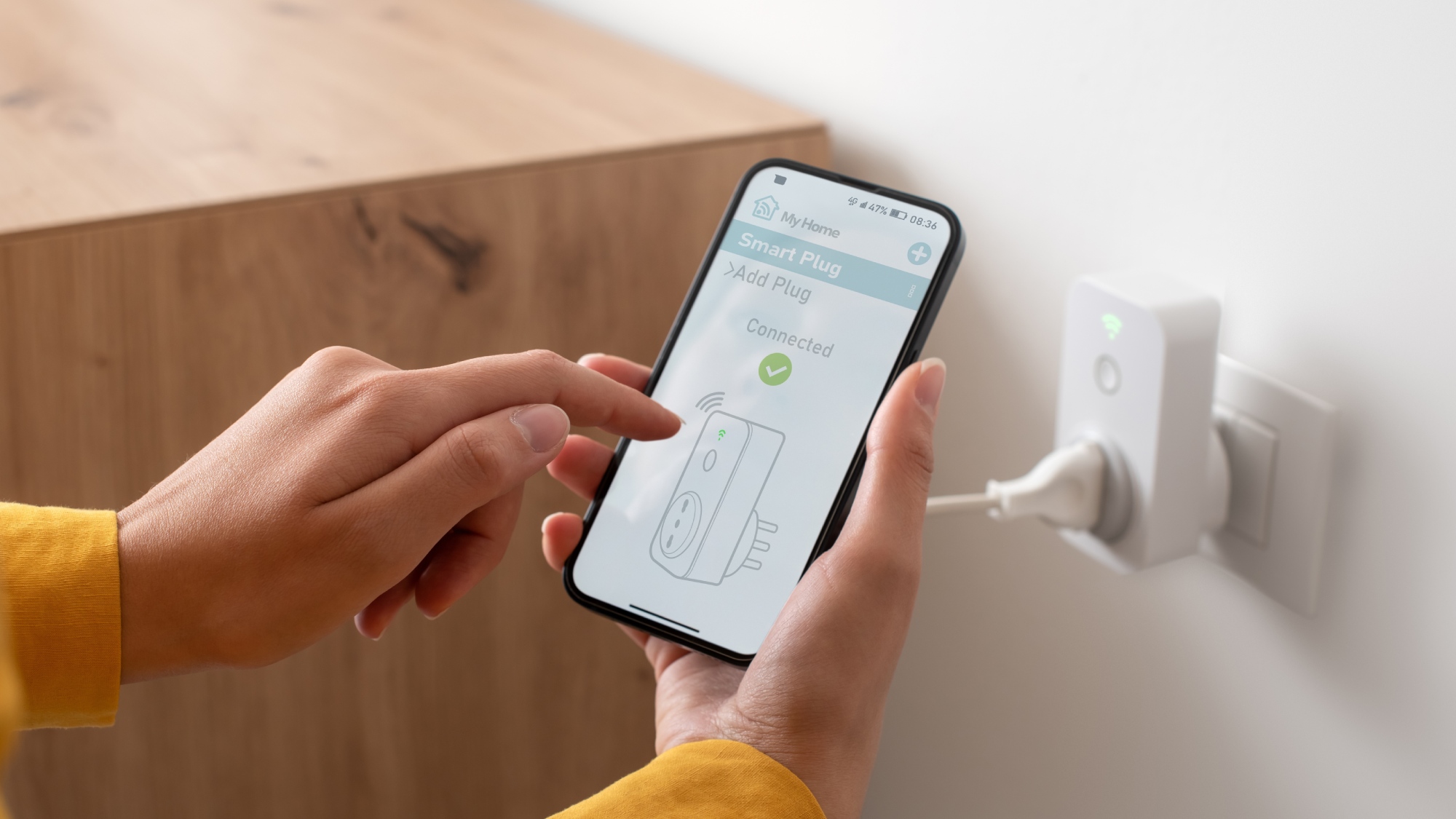
“Companies can build a proprietary chip in their devices with a small chip, packets, and encryption for cheap,” LaPre said. “Now to meet a standard I have to support a wider variety of functionality. Memory requirements for the standard are larger and you no longer have to hit a quick checklist of requirements to shift a product from engineering to market.”
While tech titans like Amazon or Samsung can absorb the costs of being a first mover to create the hardware with larger teams, it’s harder for smaller companies and startups to push new devices out the door as fast. While other smart home brands continued with business as usual with an eye-to-Matter in the very distant smart home future, Eve bet the company on its success.
Eve only has so many products out now because it banked on Matter back in 2019 when CHiP (which would later be known as Matter) was officially announced. The Eve team went to work immediately on future-proofing its growing product line, starting with transitioning all of its Bluetooth-based products to the new Thread mesh networking protocol.
“All the major vendors are behind Matter: Amazon, Apple, Google, Samsung, and more,” said Avi Greengart, the founder of Techsponential. “Of course, even if everyone agrees that this needs to happen – and they do! – making it work is complicated, and we’re in the most difficult part of the transition: the Matter standard has been rolled out, and there are some products that work with it today, but not all types of products are supported, and you may have many products already in your house that don’t work with Matter.”
What is Matter's outlook?
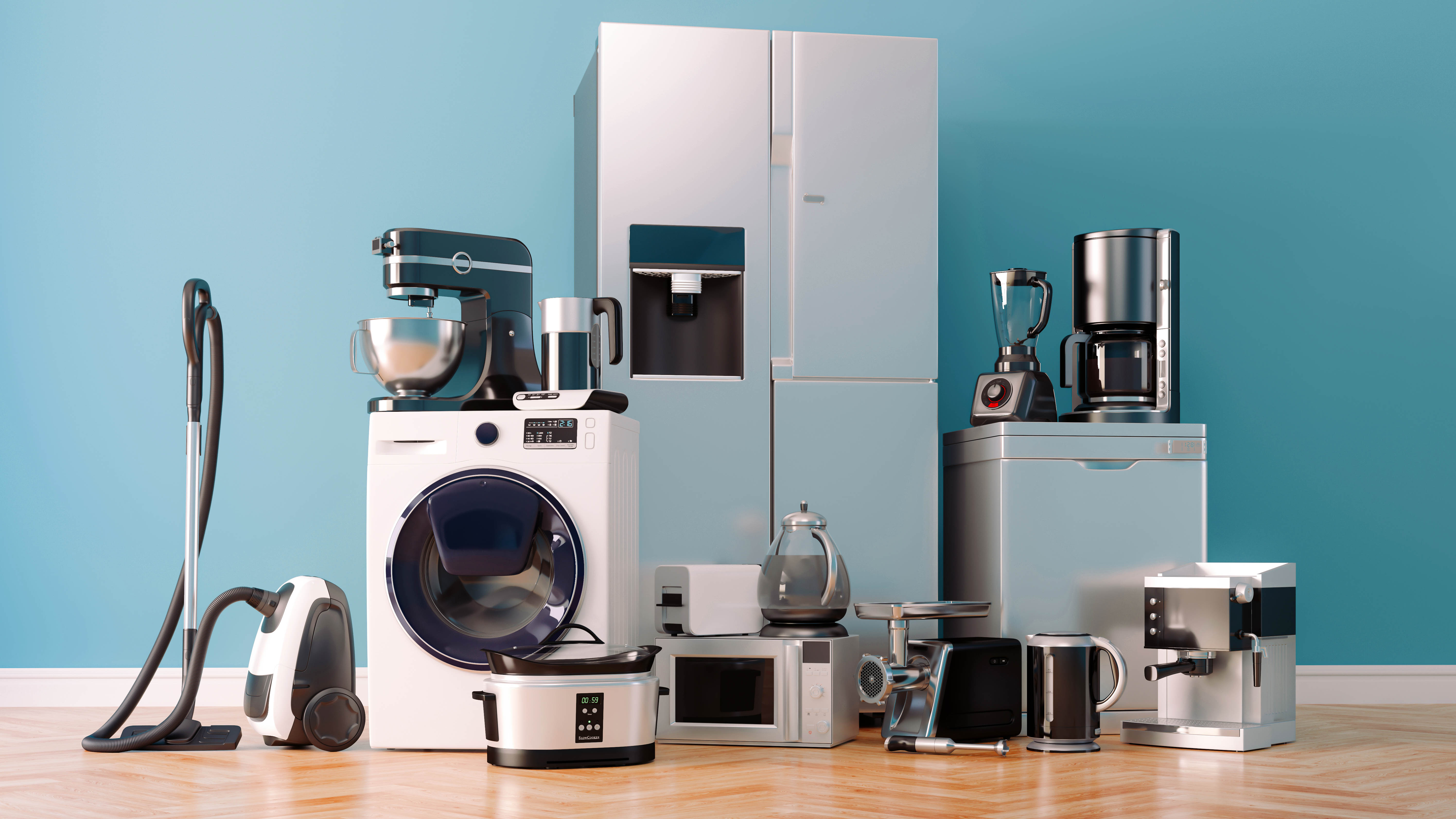
Matter's adoption has been slow but steady since its official launch in late 2022. At this time, there are over 1,400 new Matter-certified devices on the market.
Greengart explains that there are three stages to the adoption of a standard; initial announcement hype, disappointment with partial compatibility at the first stages of rollout, and eventually implementation when rough edges are smoothed out and it gets taken for granted. “We are currently at Stage Two,” Greengart said, “and it’s going to last a few more years as new device types (ex: home appliances, security cameras) get added to Matter, device manufacturers make more Matter-compatible devices in existing categories (ex: thermostats, light switches), and Matter hubs get embedded into devices you already own (ex: TVs, broadband routers).”
Matter's most recent 1.3 update added support for appliances, EV chargers, and energy monitoring. However, it still lacks support for several major smart home device categories including cameras, routers, sprinklers, and home health devices.
While Matter will continue to evolve and work with more types of smart home devices, its success will also depend on how well it can convince both consumers and manufacturers of its value. If successful, it could indeed become the universal standard — it’s just a matter of time.







